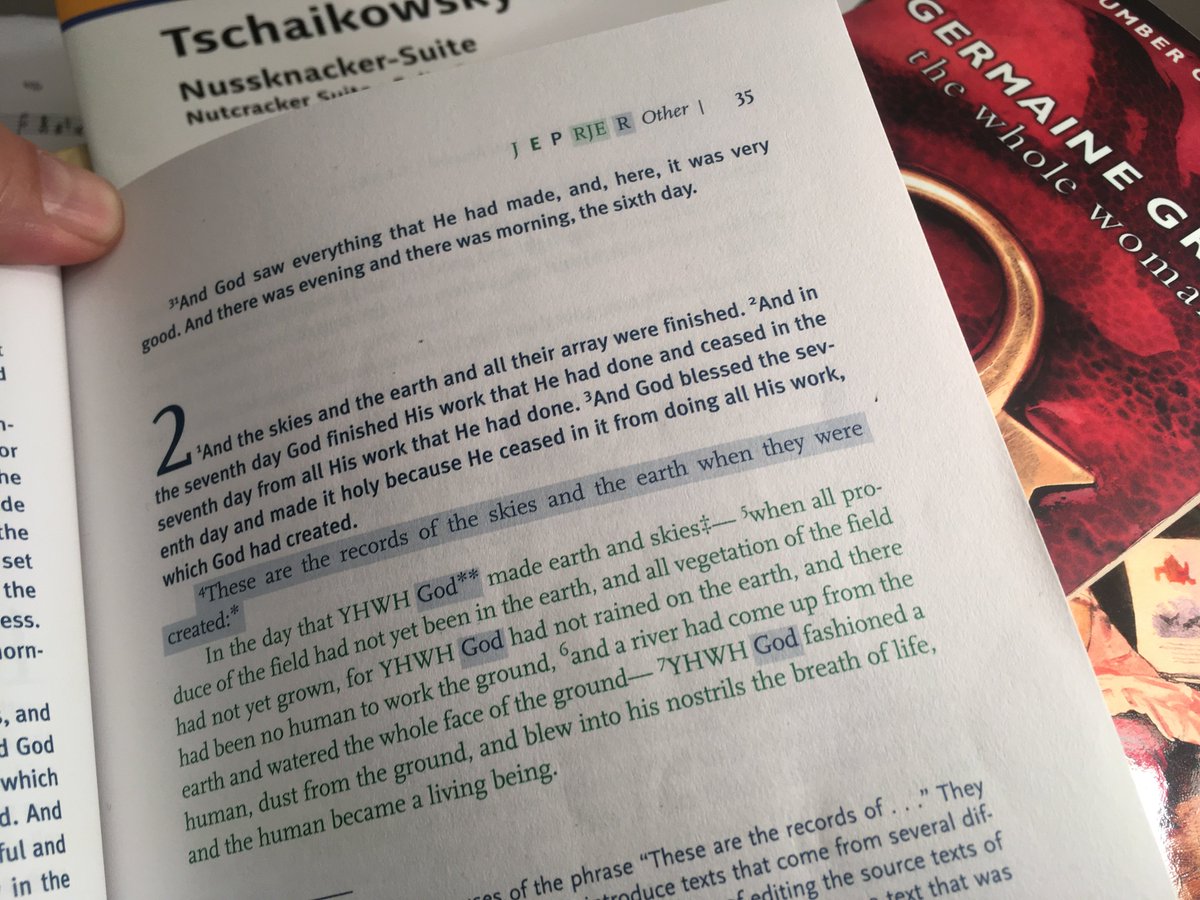Looking critically at the idea that 2 totally independent accounts of creation have been brought together with little editing in such a way that the 2 accounts are still largely identifiable.
Now some things shared by both accounts:
Prominent focus on the lexeme 'adam 'man', 'humanity'
Commands given to the 'adam.
Mention of ruling (Hebrew root mšl) and concern with authority (1:16, 18 vs. 3:16).
Interest in seed (1:11-12 vs. 3:15).
Interest in what may be eaten.
Implicit or explicit restrictions on eating.
Assumption of original human vegetarianism.
Animal vegetarianism of 1:30 concurs with the docility of animals in 2:19.
Otherwise incredibly rare, e.g. Gen 11; Is. 6.
In the 2nd God says 'behold the 'adam has become like (Hebrew kĕ) one of us' (3:22). Both passages stress similarity between 'adam and God.
The term in 1:21 may have serpentine associations & the 2 terms can co-occur in parallelism (cf. Isaiah 27:1).
The second has an analogue to this in the temptation-curse narrative, which moves from a good to a bad situation.
1:28 blessed the 'adam of 1:27.
3:17 studiously avoids cursing the 'adam, instead cursing the 'adamah 'ground'.
Why not?
Because 3:14 God curses the serpent a land creature.
Similar biblical avoidance of cursing what has been blessed is seen in contrasting Genesis 9:1 with 9:25.
This is echoed in 2:18 when God says it is not good (tov) for man to be alone, and in 3:6 where the woman 'saw that the tree was good and she took' (ra'ah + ki + tov + laqach).
Common phrases such as nepheš chayyah 'living animals' occur in both (1:20, 21, 24, 30 vs. 2:7, 19).
But if you allow an editor to have adapted sources substantially the sources are no longer really identifiable.




